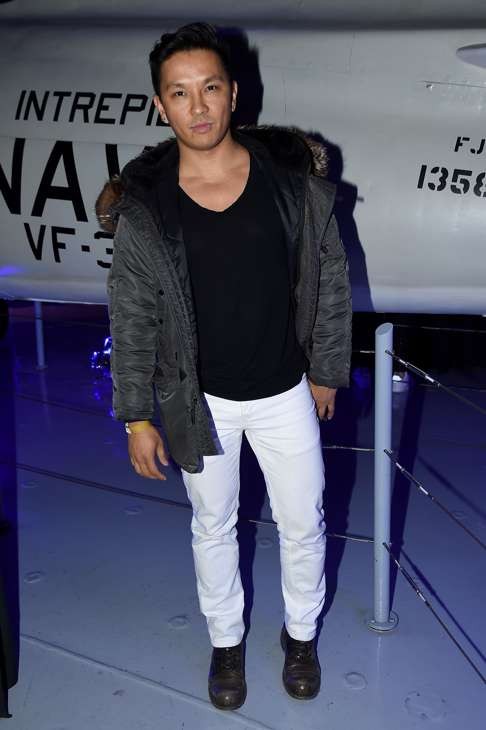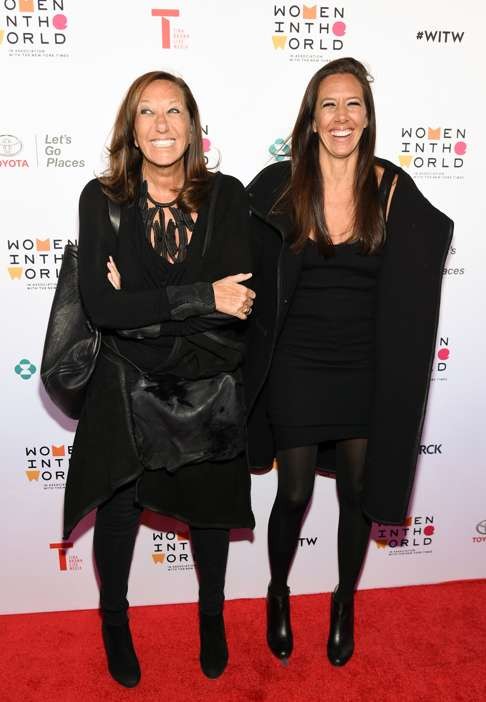
Michael Kors talks about his 35 years in fashion and his part in fighting world hunger
Designer who went from being an American selling to Americans to designing for a global market has helped UN World Food Programme deliver more than 10 million meals worldwide and, with his company, raised US$20m for New York food charity

Fashion has been very good to Michael Kors. Over the past 35 years, the designer has made himself a nice little fortune by turning his daydreams about Aspen, Montauk, sporty socialites, minimalism and cashmere into a billion-dollar fashion empire. He has built a fine life with a handsome husband, a client list that includes Michelle Obama, and the affections of countless professional women walking around town with an MK handbag draped over an arm.
And yet, says the former Project Runway judge: “It’s nice when something takes your head away from major decisions about flat-front [trousers] or pleats.”
For Kors, the topic that diverts his attention is hunger. Recently he was honoured in Washington with the McGovern-Dole Leadership Award for his work with the United Nations World Food Programme. As one of its global ambassadors, he’s helped to raise funds to deliver more than 10 million meals to children around the globe.
“Do you know what I’m wearing?” asks Kors with eager glee. “I’m wearing nude pantyhose, mid-heel navy pumps and a boxy navy suit.”
Haha, a little joke about Washington’s stereotypical power woman uniform. Kors laughs: “I’ll break the internet!”
Of course, that look no longer dominates Washington style. (Mostly, not.) Fashion’s broad reach has introduced the most eccentric designs into the most conservative corners of this city. The style of urban nomads is found in suburban cul-de-sacs. Prada fans in Johannesburg have their own shop. Louis Vuitton has stores everywhere from Paris to Ulan Bator in Mongolia. As fashion becomes more global, so do the concerns and responsibilities of its designers.
“Back in the ’80s, I was an American designer designing for an American consumer. There were such distinct borders; Japanese fashion was for the Japanese. British fashion was for the quirky British,” says Kors, who grew up on Long Island. “When I first started, I thought global meant Toronto ... I thought I was going some place exotic if I went to Houston.
“In the ’90s, the Berlin wall of fashion came down. I was commuting back and forth [designing] for Celine [in Paris]. Trunk shows weren’t just in Palm Beach or Los Angeles. I was going to Singapore. I started seeing the world.”
Early in his career, Kors focused on hunger in his hometown. The New York-based non-profit, God’s Love We Deliver, which provides meals for those who are ill, last year dedicated a building to the designer who, along with his company, has raised US$20 million for the organisation. But as his reach as a designer has expanded so has his philanthropy.

The fashion industry has taken on a host of causes, from raising money to fight ovarian cancer to designer Prabal Gurung leading a fundraising effort in the aftermath of the earthquake in Nepal. But if there is any designer who serves as a role model for Kors when it came to philanthropy, it’s Donna Karan.
“I’ve known Donna Karan since I was 18,” Kors says. “I think of the first 7th on Sale [which raised money to fight HIV/Aids] back in 1990. I was setting up my little booth and there were big corporations setting up booths. I thought, look at what Donna and [Vogue’s] Anna Wintour have done here. In hindsight it sounds like such a simple idea: we have products. Let’s sell our products and raise money.”

Kors continues to travel, hosting trunk shows and talking to customers. He asks them whom they follow on Instagram; he queries them on how they shop. Like a lot of designers, he’s trying to figure out whether customers have the patience to wait six months to buy something they see on the runway and in Tweets today. And what he has determined so far is this: it depends.
“Some women are very organised. But I know women who are exactly the opposite, who have no concept of pre-planning. I think most women are a blend of the two,” he says. “You’d think it’s the most affluent shoppers who’d plan. But I have young fashion fans who might not buy a whole wardrobe but she’s in love with a shoe. She’s watching a shoe. And she wants it now.”
Kors doesn’t just talk to women about “whether they can wear a bra with this dress”. He also talks to them about their lives – about work, family, insecurities, about everything. “I think fashion people get a bad rap,” Kors says. “People outside this world think this whole thing is vacuous ... I’m an old-fashioned, cockeyed optimist. I believe if you put the right thing on, you feel better.”
“If you spend US$125, US$1,250 or US$12,000 – when you buy the right thing or put the right thing on, it can make life a little easier.”
And sometimes, the stuff a designer sells can do a little good across town or half way around the world.